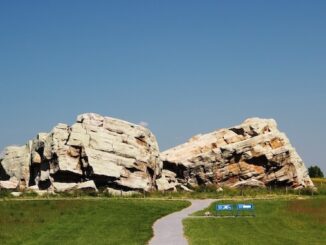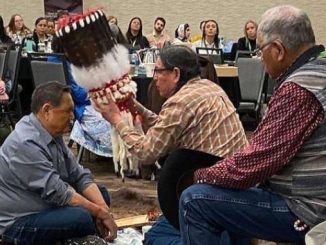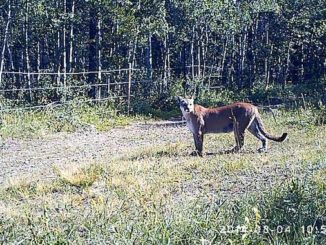In response to the lawlessness that was being reported in its western territories, the Canadian government created the North West Mounted Police (NWMP) to protect its sovereignty. The force was dispatched west to combat the unlawful practices of whiskey traders whose firewater was wreaking havoc on the local Indigenous population. Their arrival established an official presence in Canada’s west, which was being eyed for annexation by the United States, and effectively opened the western frontier for settlement. Led by Colonel James F. Macleod, the NWMP constructed Fort Macleod in 1874, which was the first barracks in southern Alberta, and the second in Canada’s west after Fort Livingstone.
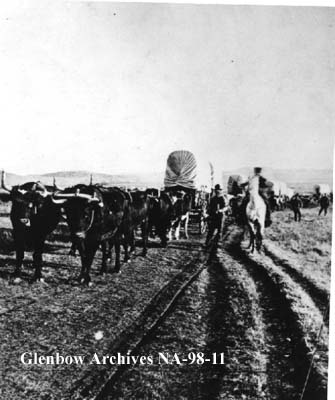
The original fort was built on Macleod Island in the Old Man River, approximately one and a half kilometres east of the town’s present location. The island was chosen both for its defensible location as well as its picturesque setting, however with the arrival of the first spring floods, the attractiveness of the site had decreased dramatically. A decade later the Town of Fort Macleod had begun to spring up around the fort’s original location but the NWMP had relocated their fort to the southern bank of the river, west of the present townsite. The fort served as the NWMP’s headquarters from 1876 to 1878, when the distinction was transferred to Fort Walsh.
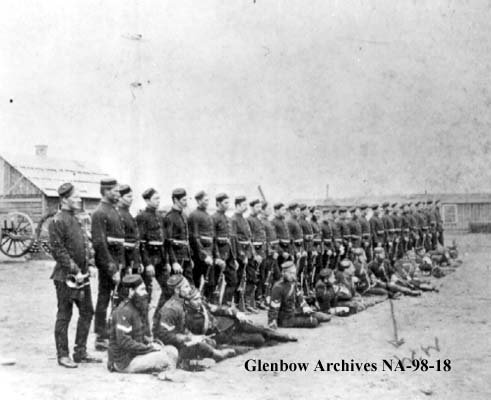
Fort Macleod received National Historic Site of Canada status in 1923 due to its importance in the early history of the North West Mounted Police. Today you can visit the Fort Museum of the North West Mounted Police and First Nations Interpretive Centre, which features a re-creation of the original fort and highly popular NWMP Music Ride.
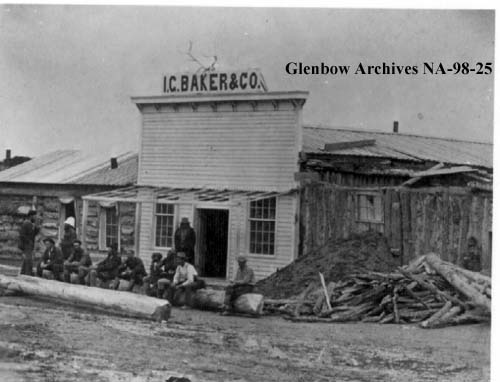
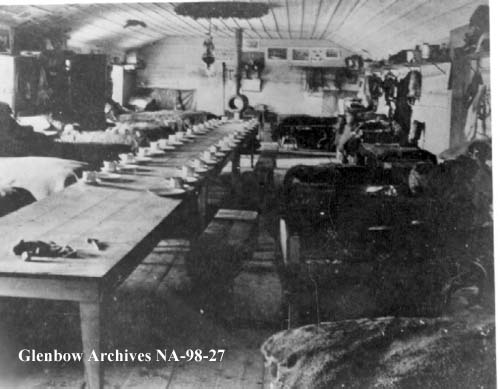
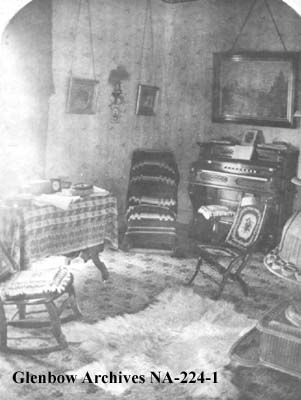
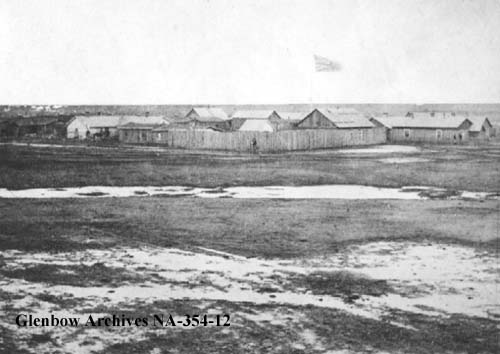
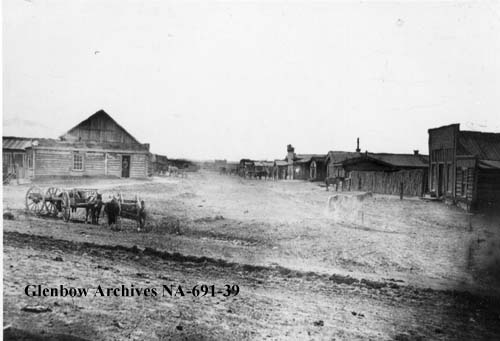
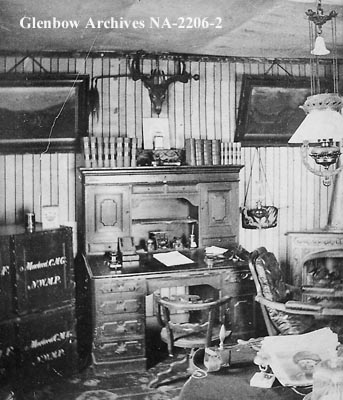
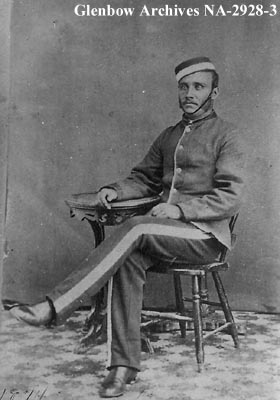
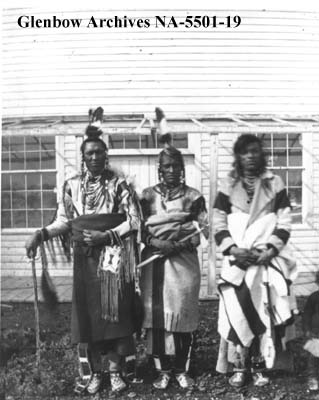
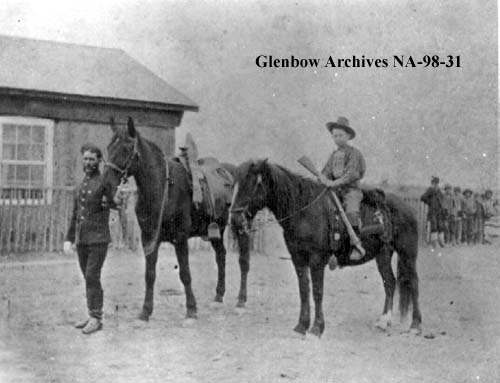
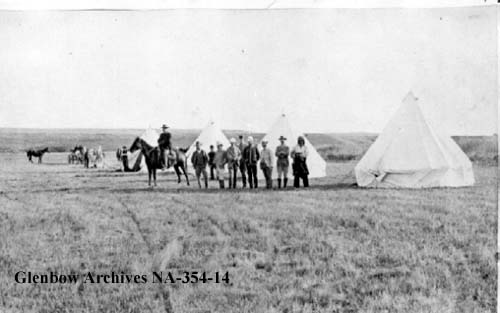
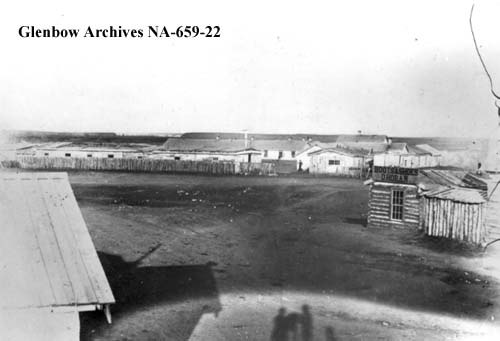
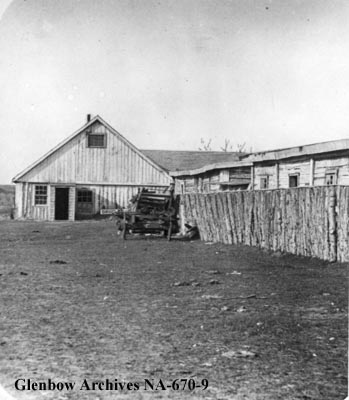
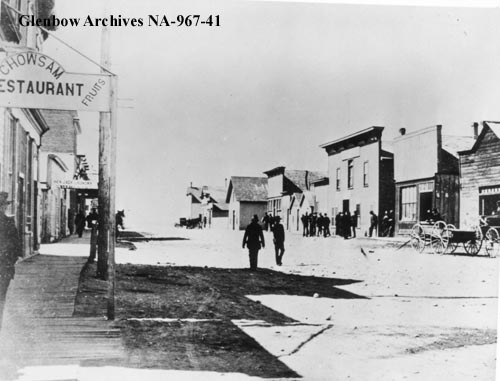
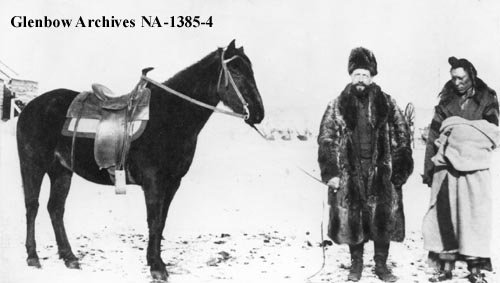
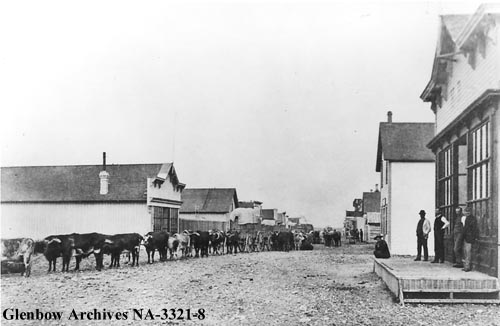
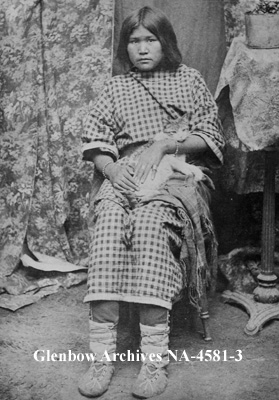
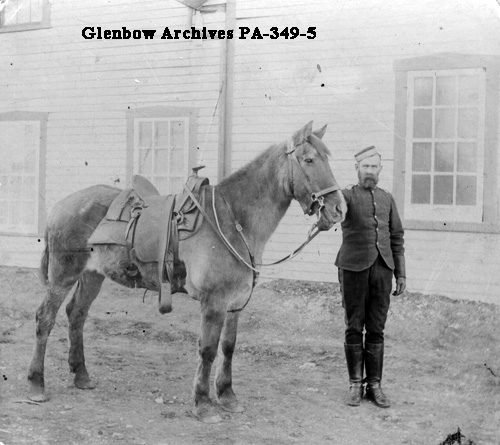
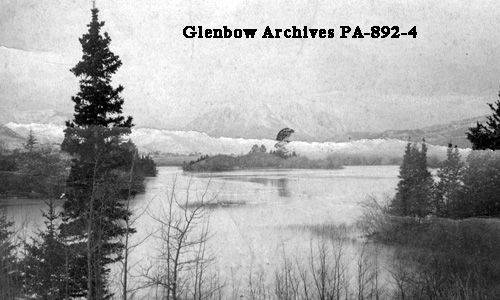
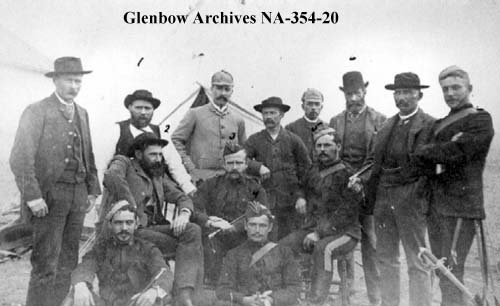
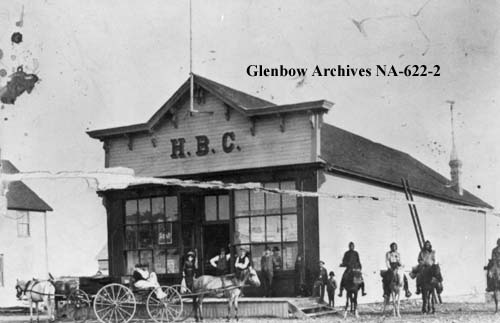
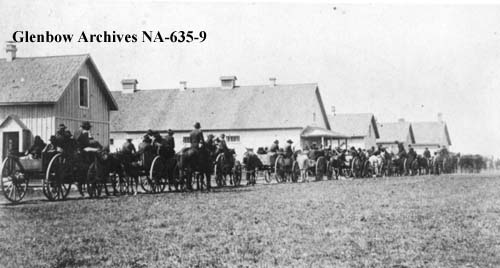
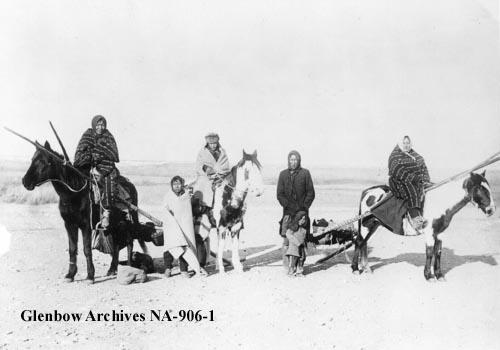
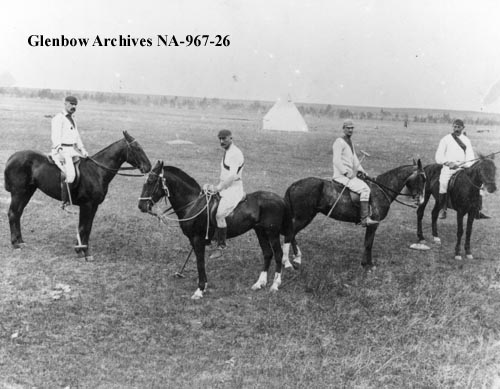
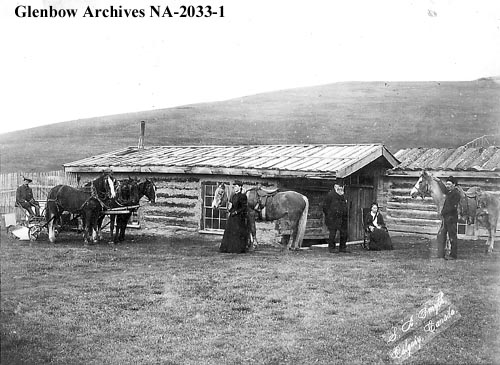
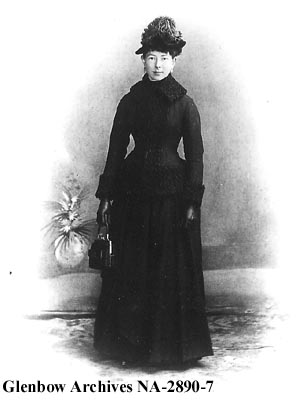
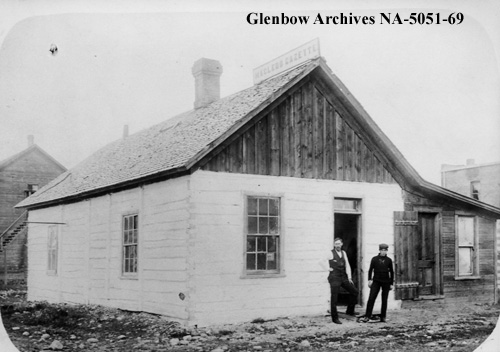
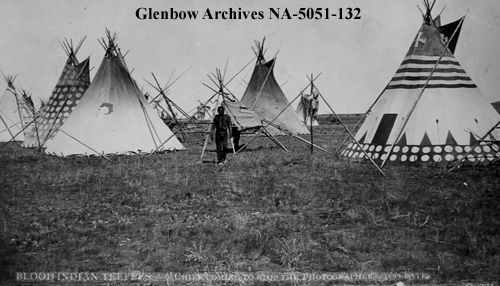
For similar stories about historic forts across the prairies, please visit these previous posts: Historic Photos of Fort Edmonton, The Colourful History of Fort Walsh in the Cypress Hills, Curated Collection of Vintage Photographs from Fort Calgary, Lethbridge Lineage: Southern Alberta’s Historic Fort Whoop-Up, and Red Deer’s Roots: Alberta’s Historical Site Fort Normandeau. You can also read more about the Blood Reserve by visiting Historic Photos from the Kainai Nation.
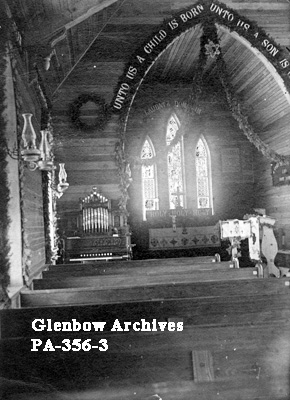
The photos above were collected from the Glenbow Archives. If you’re interested, additional information can be found for each photograph on the Glenbow website by searching the identification number that is printed on the photo. There is also the option to purchase a high resolution copy. Stay tuned for additional posts featuring historical photos from across Alberta. We’d love to know what you think in the comment section below.


